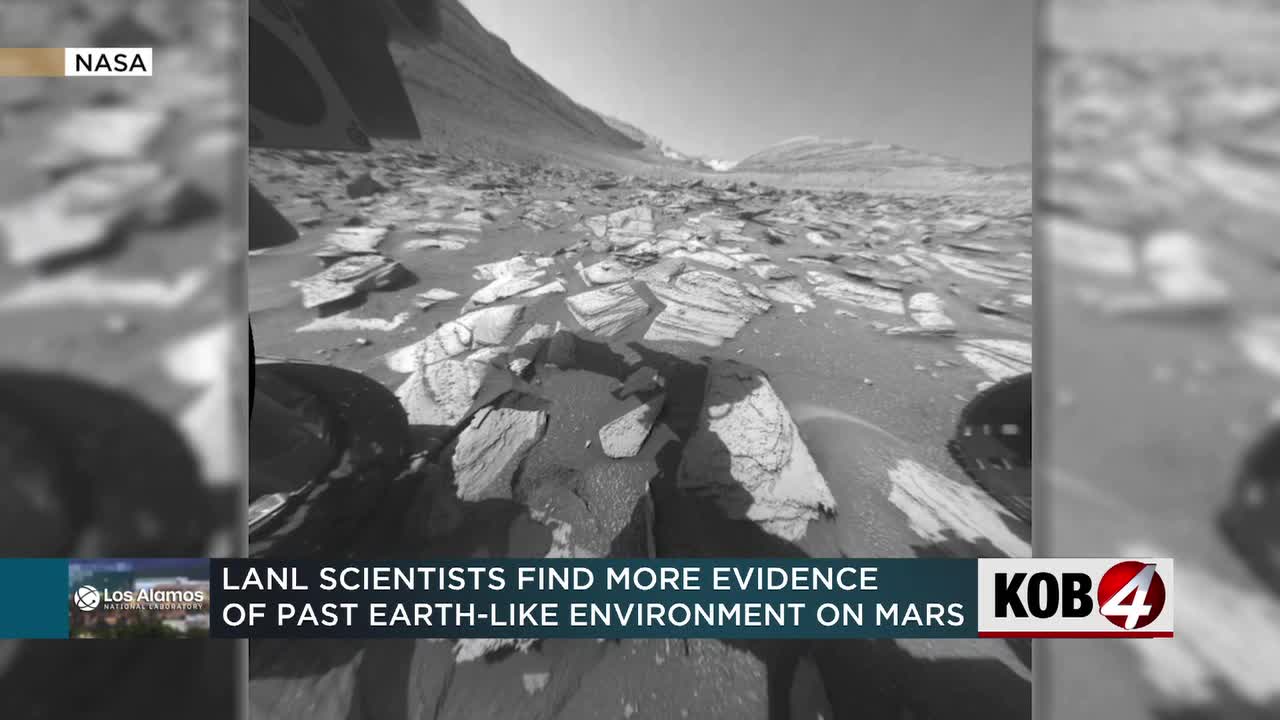
Mars Reveals Earth-Like Environments: Scientists Discover Evidence of Water and Potential Microbial Life on Red Planet
In a groundbreaking discovery, scientists at Los Alamos National Labs have found evidence of Earth-like environments on Mars. Since its landing in the Gale Crater along Mars’ equator in 2015, the Curiosity Rover has been exploring the surface of the red planet, with its primary objective being to determine whether it could potentially support life.
After landing in the Gale Crater, researchers discovered a plethora of evidence indicating the presence of running water, such as rivers flowing into lakes. The rocks surrounding the crater suggest that a lake existed in that area for an extended period of time. Furthermore, images sent back from the Curiosity Rover reveal a vast field of manganese rocks, which are layered and flat – characteristics that suggest they formed in lakes. These rocks also contain clay minerals that can only form in water.
While scientists believe that all liquid water on Mars has since disappeared, they remain optimistic about the possibility of microbial life surviving on the planet. Patrick Gasda, a research scientist at LANL, published his findings in the Journal of Geophysical Research, detailing the team’s observations made while working with the Curiosity Rover. Every new image from Mars provides valuable insights and prompts further scientific inquiries into the possibility of life existing on the red planet.
The discovery has sparked excitement among scientists and researchers worldwide as they continue to uncover more information about this fascinating celestial body. With each new piece of data collected by instruments like Curiosity Rover, we are getting closer to unlocking Mars’ secrets and determining if it was ever capable of supporting life.
In conclusion, Los Alamos National Labs scientists have made a groundbreaking discovery by finding Earth-like environments on Mars. The Curiosity Rover has been exploring these environments since 2015 and has uncovered evidence suggesting that there may be microbial life surviving on this distant planet. This exciting discovery is just one example of how advanced technology is helping us understand our universe better every day.

